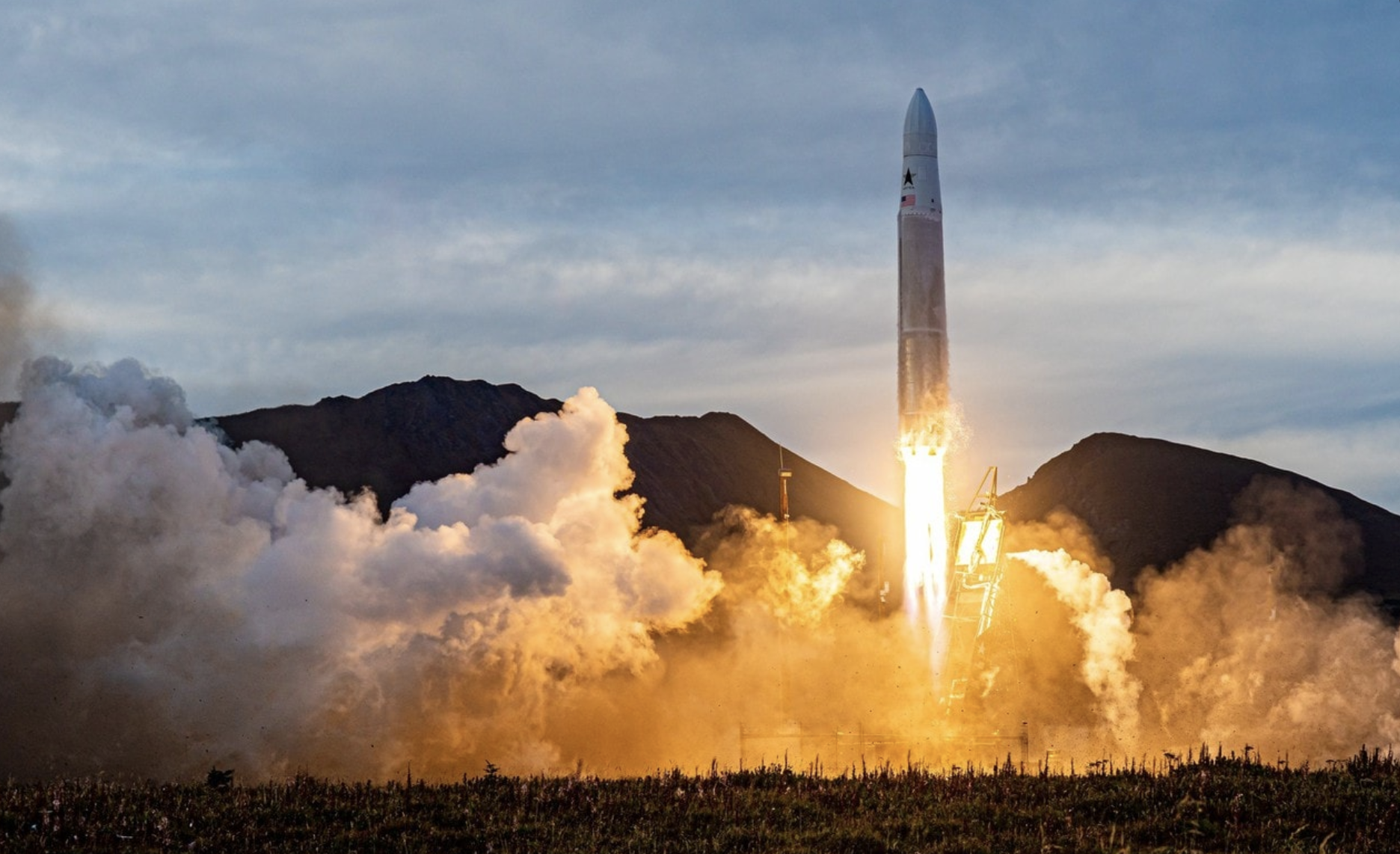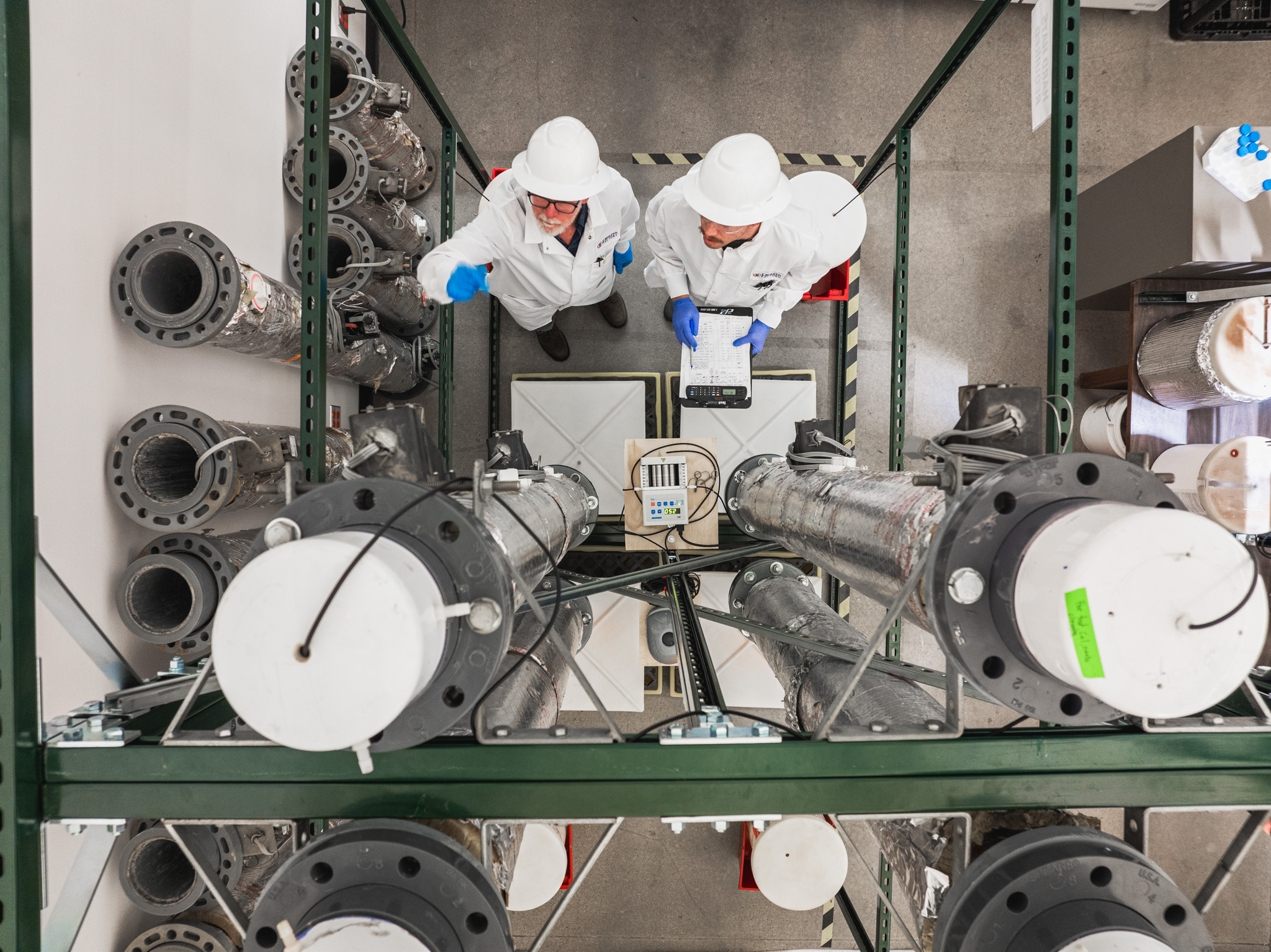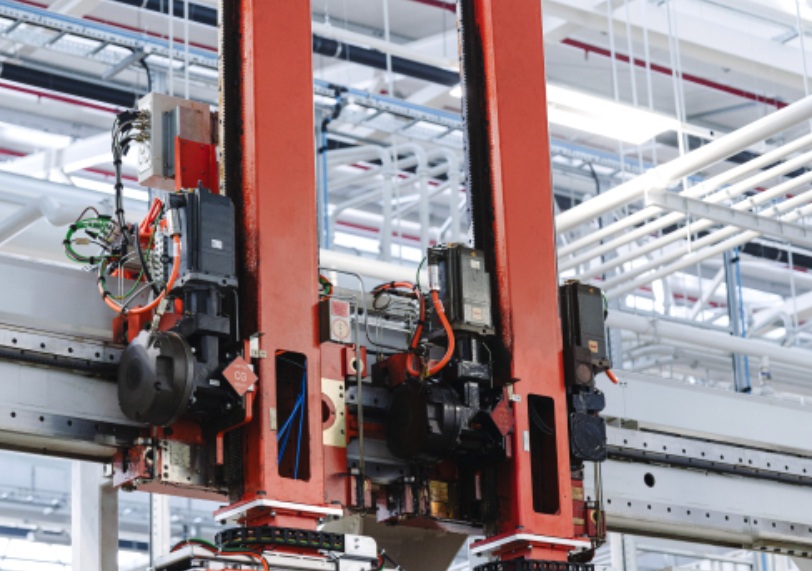Astra Space, Inc. launch vehicle, called LV0006, failed to reach orbit after suffering an engine failure, according to a company statement.
Company officials said although the test failed to reach its objective, they plan to learn from the experiment for the next launch.
The company launched the vehicle on Aug. 28, One of the five main engines shut down less than one second after liftoff, causing the vehicle to slowly lift off the pad before resuming its trajectory. After approximately two minutes and thirty seconds of flight, the range issued an all engine-shutdown command, ending the flight.

The vehicle achieved an altitude of approximately 50 kilometers, before safely returning to Earth.
“We regret that we were unable to accomplish all mission objectives for the U.S. Space Force; however, we captured a tremendous amount of data from this test flight,” said Chris Kemp, Founder, Chairman and CEO of Astra. “We will incorporate learnings from this test into future launch vehicles, including LV0007, which is currently in production.” Astra has opened a mishap investigation and is working closely with the Federal Aviation Administration (FAA).
While the company was disappointed with the failure, officials said in a company tweet that each launch is an opportunity to learn.

While videos show a catastrophic explosion, officials said that the rocket self-destructed after going off course.
About Astra
Space Astra’s mission is to improve life on Earth from space by creating a healthier and more connected planet. Astra’s first flight to space was within 4 years of its inception, making it the fastest company to reach space. Visit www.astra.com to learn more about Astra.
Astra is listed on Nasdaq as ASTR.
To stay informed about the climate industry explore our latest climate news.








